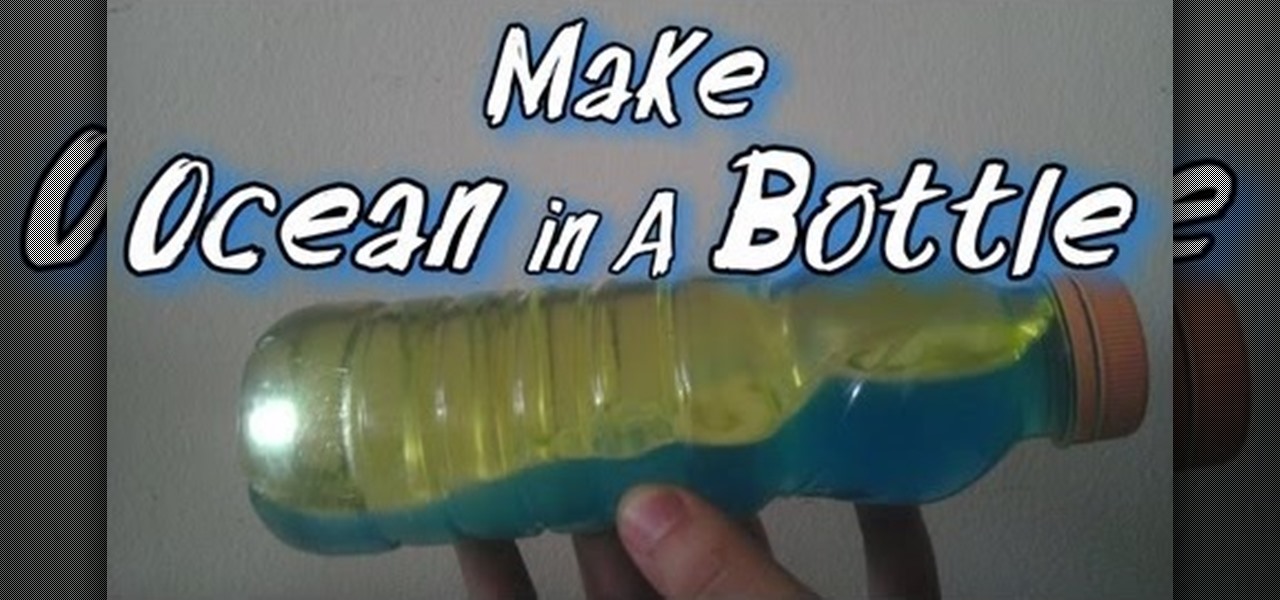
How To: Make Ocean in a Bottle - Super Cool Science Experiment
Cool Science Experiment with water and Cooking Oil.


Cool Science Experiment with water and Cooking Oil.
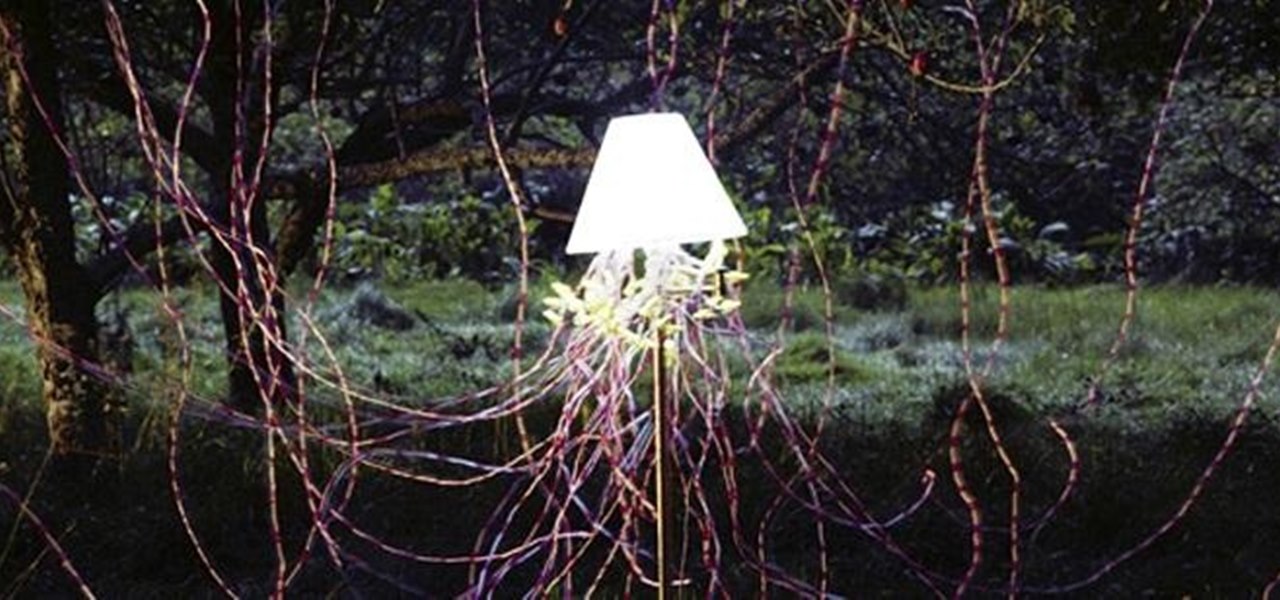
You've probably seen the classic fruit battery science experiment a thousand times, but I doubt you've ever seen it turned into an art project! Photographer Caleb Charland uses everyday objects like apples, coins and vinegar to create makeshift batteries, then takes these gorgeous long exposure photos. For the apple tree photo, Charland got about 5 volts for every 10 apples, so he had to wire 300 apples to power the lamp for several hours. He used a zinc-coated galvanized nail and copper wire...
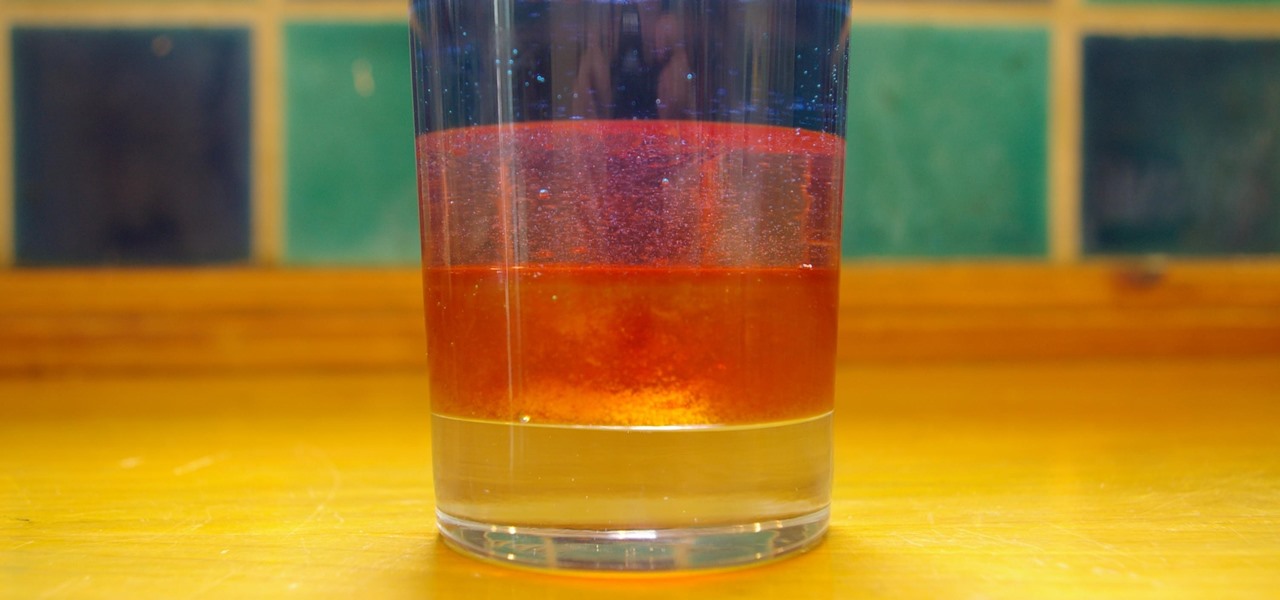
Ever wonder why Jupiter has those colored bands across its surface? Jupiter's enormous mass is made from an array of different liquids, and those fluids do not play well together because of their different makeup. All of the hydrogen- and helium-based fluids are thought not to be miscible, which means that they aren't homogeneous in nature, resulting in strikingly beautiful bands across the planet's surface. But what about viscosity and how that correlates to the development of planets? What ...
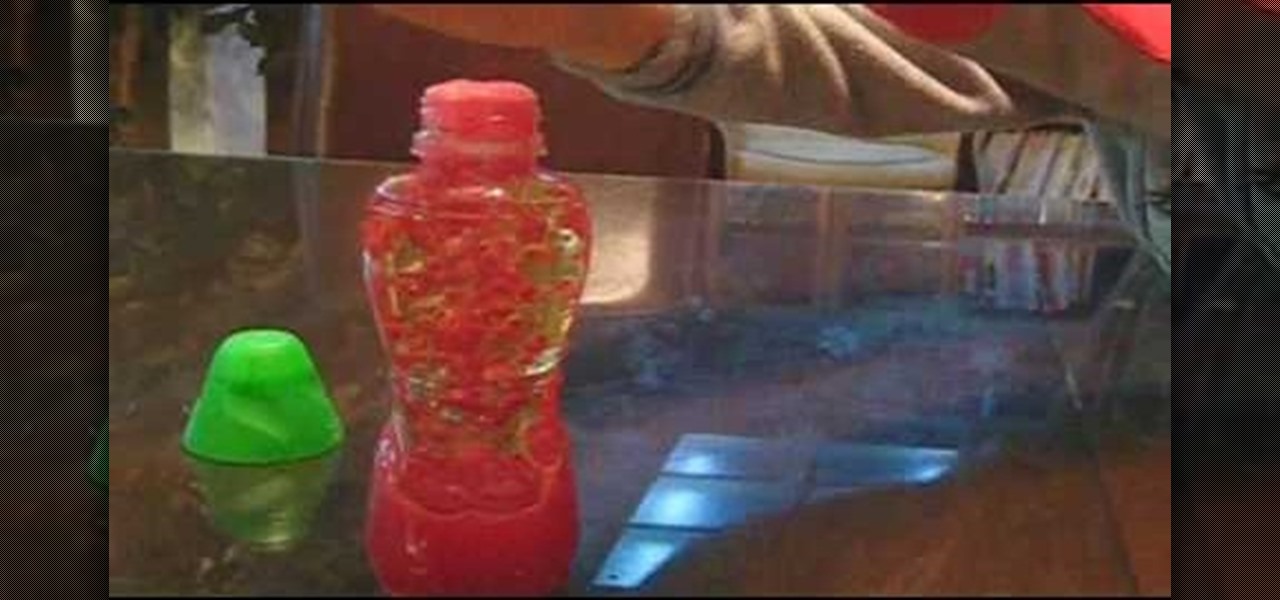
In this Family video tutorial you will learn how to make a lava lamp as a cool science experiment for kids. For this project you will need food coloring, water, vegetable oil and antacid pills. Take a bottle and fill quarter of the bottle with water. Fill up the rest of the space with oil. The water and oil will remain separate. Now drop food coloring in to the bottle. Each color will behave differently. For example, green settles at the bottom, yellow stays in the middle, red dissolves right...
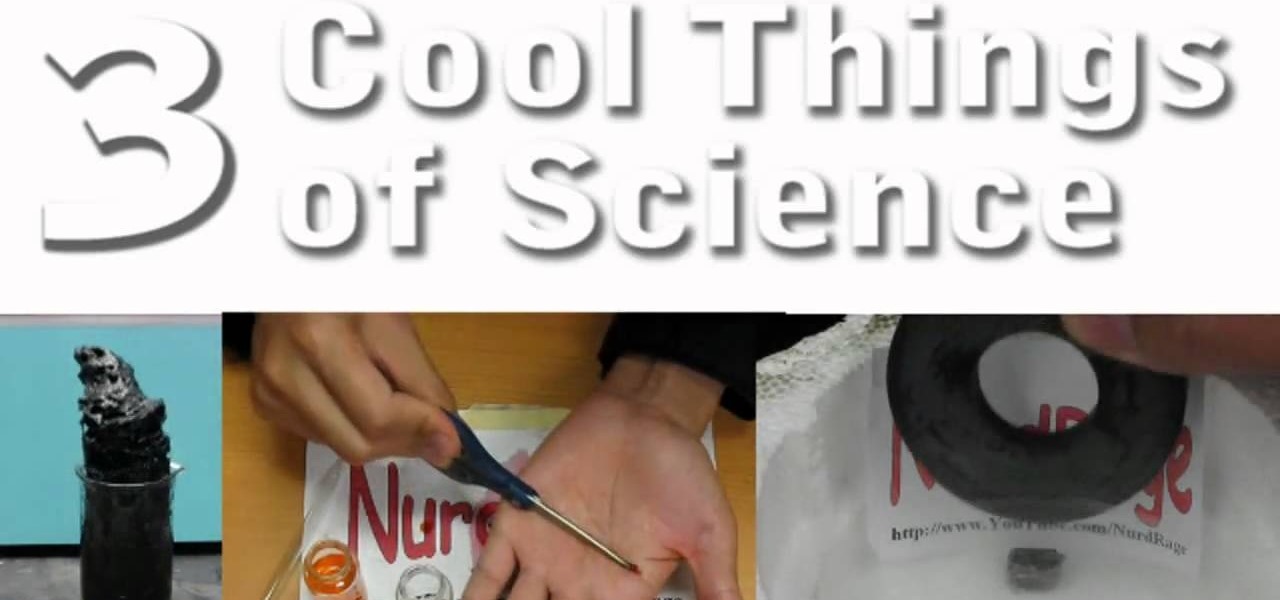
Watch this science video tutorial from Nurd Rage on how to perform three cool science experiments with Dr. Lithium. Follow the vid and you'll now have more than one example of an investigatory project!
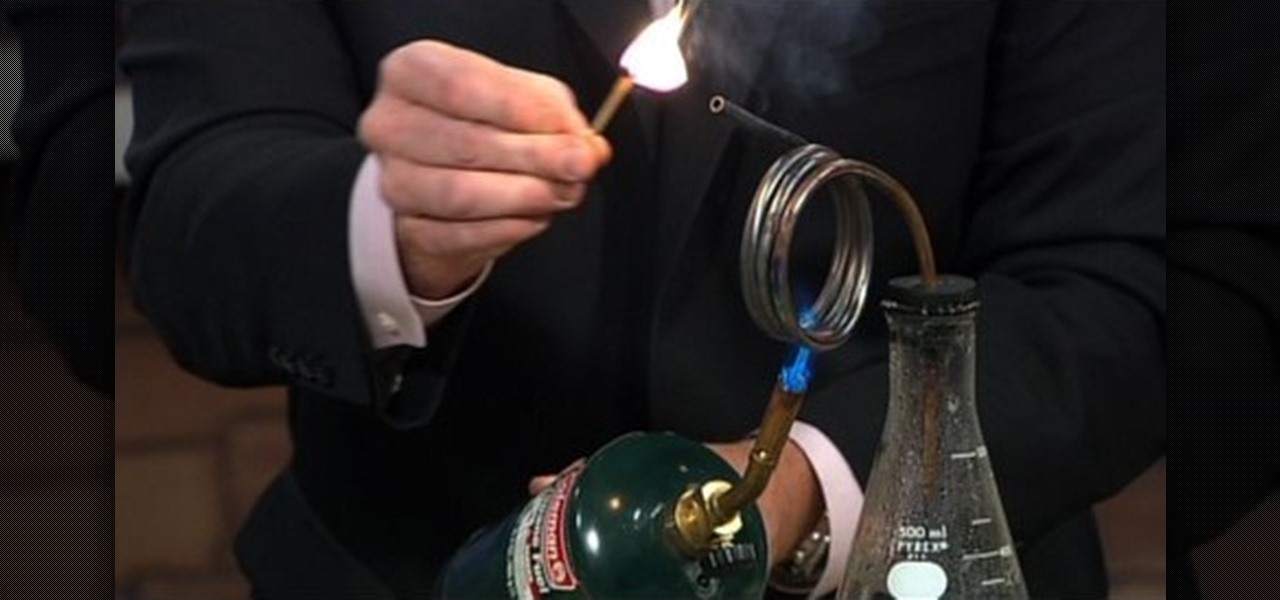
This is a cool experiment that shows what happens when we superheat steam. Wath as we move beyond a gas to something else! Steve Spangler is the science man and he'll turn you on to something cool. We usually think of water as a substance used to put out fires... but what happens when water turns to steam and that steam gets superheated? Watch in amazement as the steam created in the experiment is used to create - not extinguish - fire!
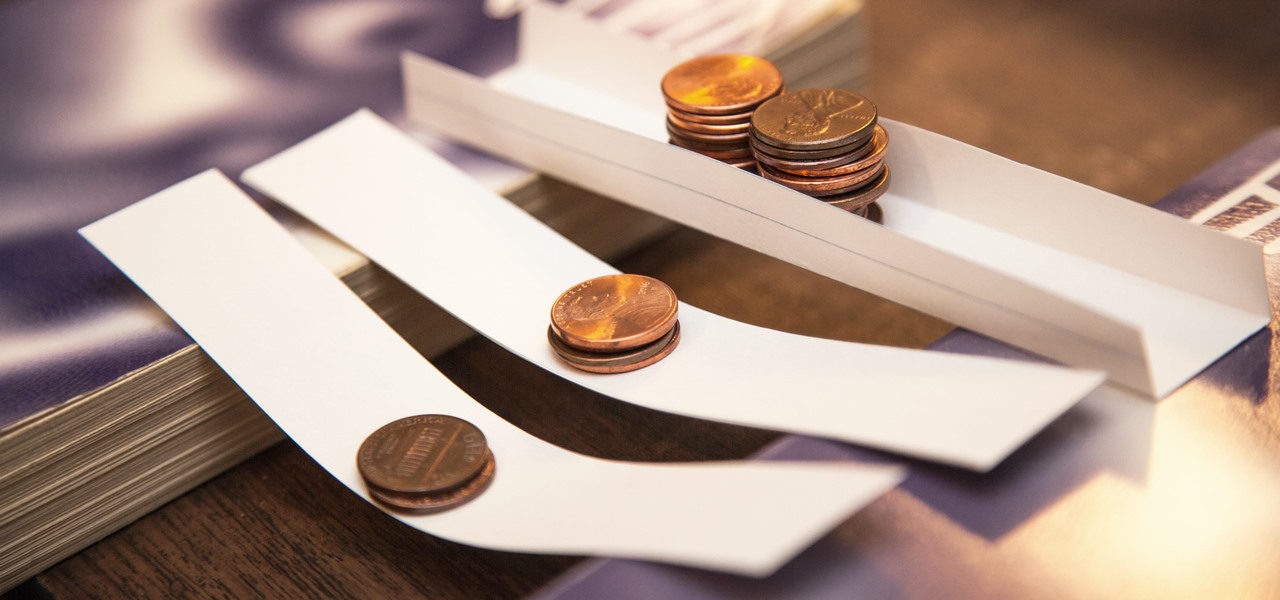
Every day we pass bridges, whether it's a foot bridge, a highway overpass, a span over water, or a viaduct over a valley. We pass on these structures without even thinking of the engineering genius that went into their design and construction, let alone the science behind their strength.
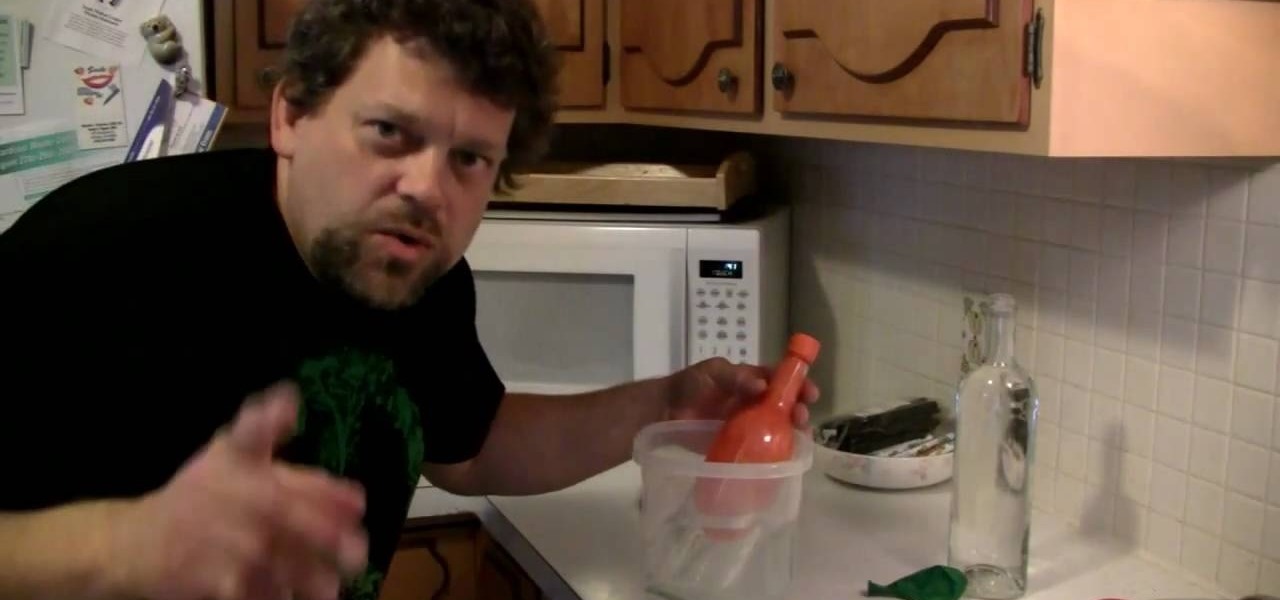
This video describes how to perform a three balloon science experiment which is a good way for children to learn scientific principles and could make a good science project for school. In this video one will learn key elements of each project and the logic behind the fun. For example in the first experiment one learns about air pressure and how changes from hot to cold cause amazing effects. Overall this video is simple and useful for anyone who would like to teach, entertain or help children...
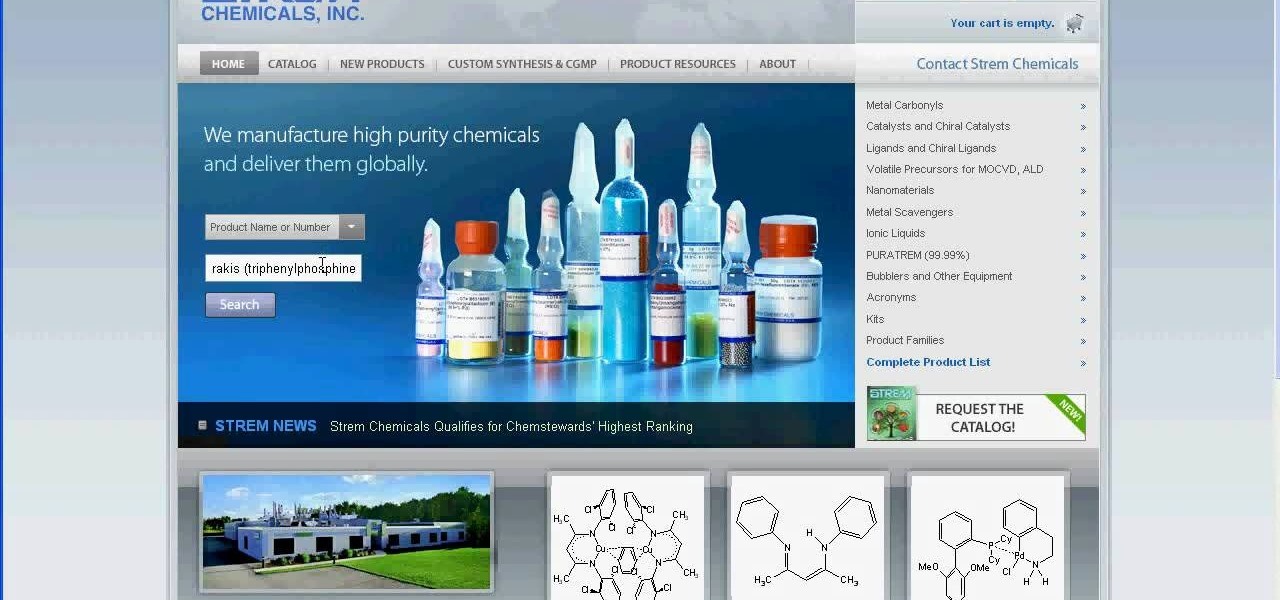
Watch this science video tutorial from Nurd Rage on how to find chemicals for science experiments with Dr. Lithium.
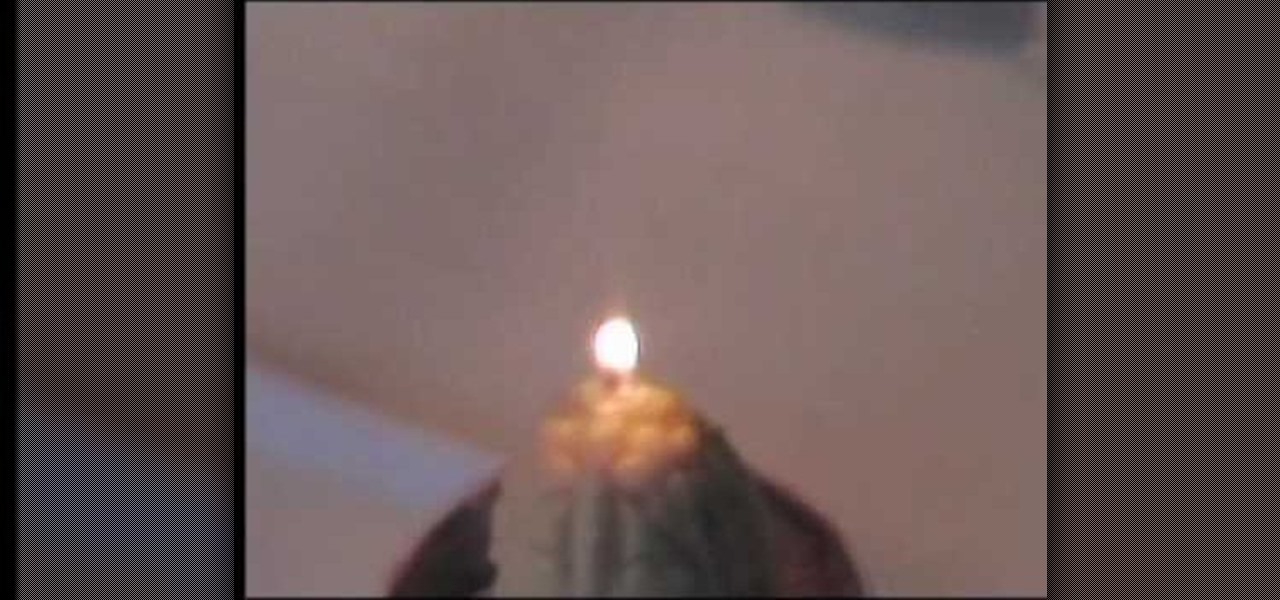
This nifty little science experiment is sure to be one that will not only educate, but entertain as well. This tutorial shows you how to do a jumping flame experiment using nothing more than a candle, a flame, and some smoke to help the flame travel. It's perfect for those young and old and is easy to perform. Enjoy!
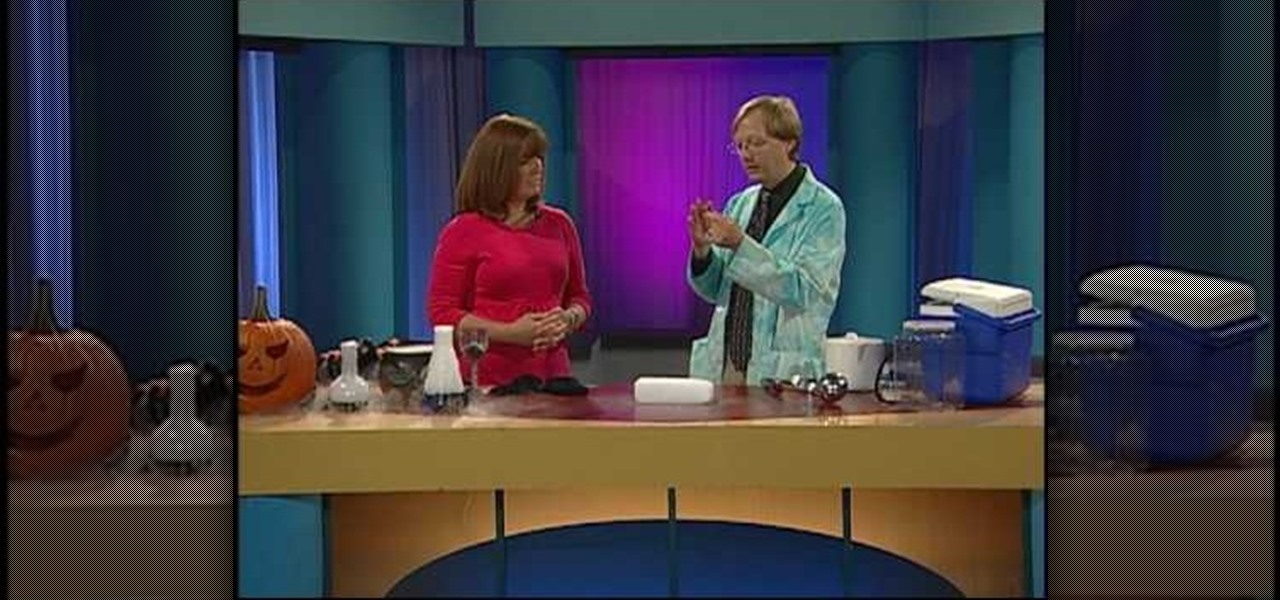
In this tutorial, Science Bob shows us how to do a science experiment with dry ice. First, take a block of dry ice and place a quarter on top of it. Make sure you are using rubber gloves when you do this, it's dangerous to touch gloves with your bare hands. When you press the quarter down, it will cause it to vibrate very quickly. You can put any type of metal on top of the dry ice and it will make different noises. This is only one of the many things you can do with dry ice. You can also use...
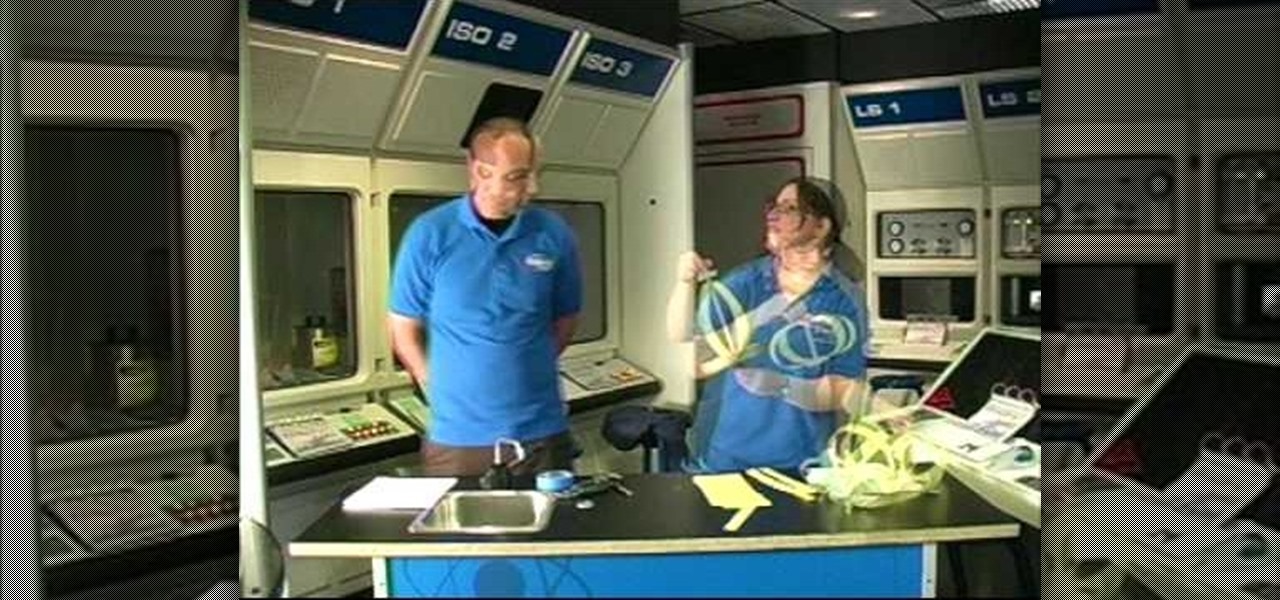
It is a well known fact that due to the rotation of the Earth about its own axis has a bulging effect on the equator and a slight flattening effect at the poles. This experiment tries the reproduce the same effect using simple materials.
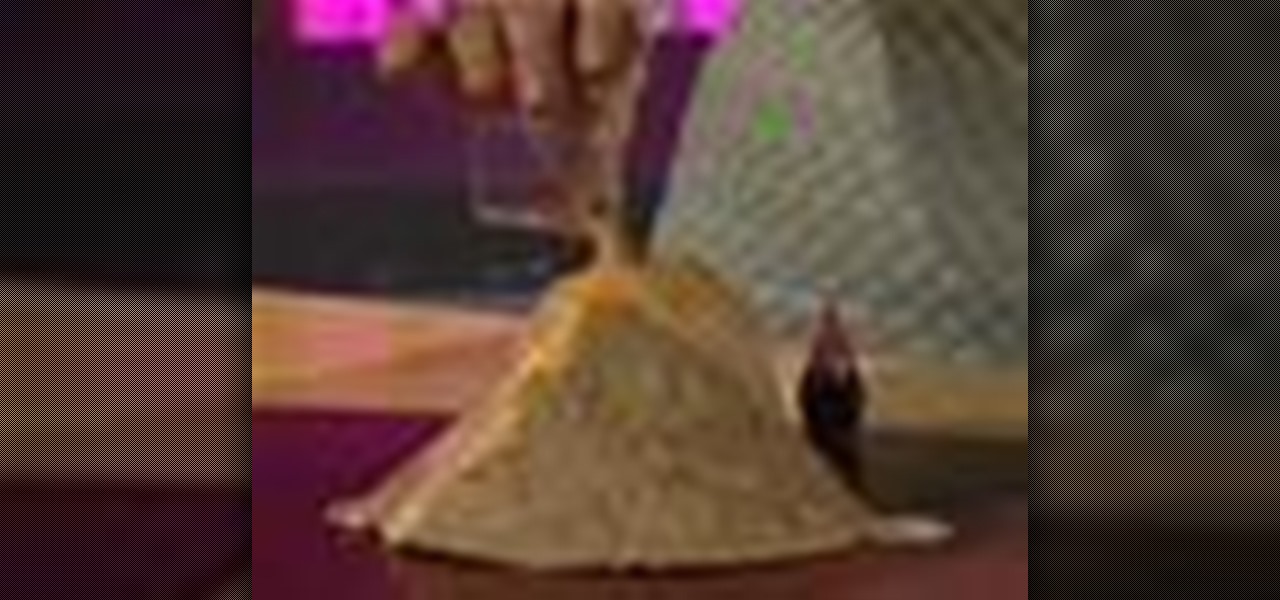
Make Your Own Erupting Volcano!

Check out this video to see our Fantastic Foamy Fountain in action. The experiment uses Hydrogen peroxide and dry yeast. Hydrogen peroxide is similar to water but has an extra oxygen atom. This makes it more dangerous, and only adults should handle the hydrogen peroxide.
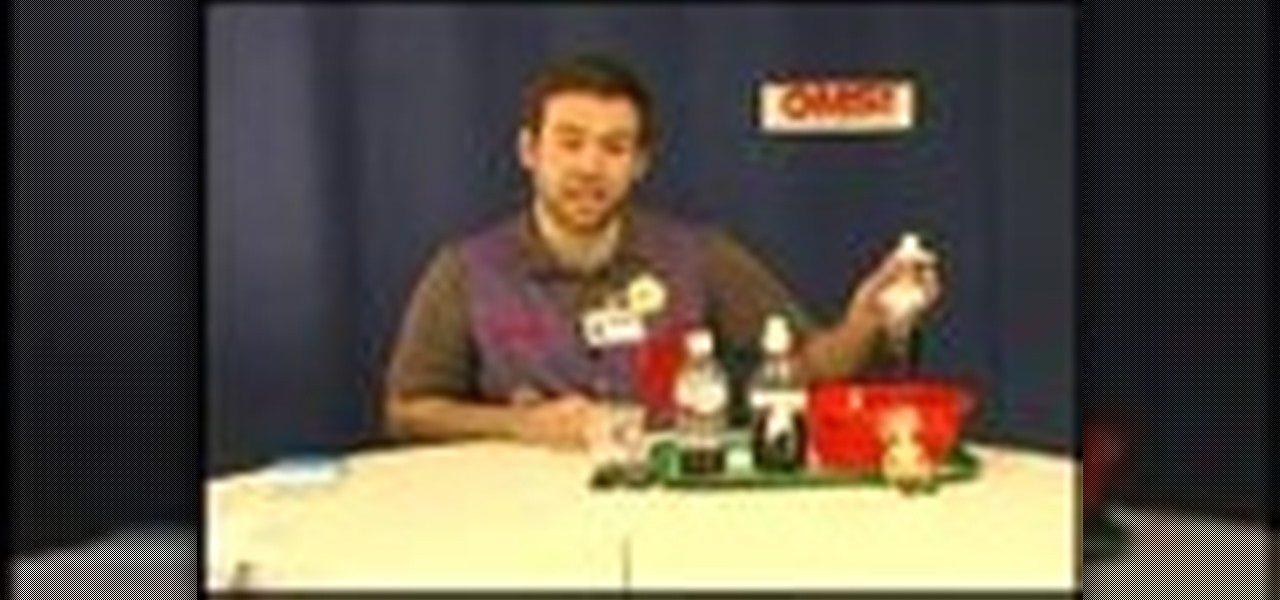
Check out this instructional science video that demonstrates how to perform the experiment "Kool Colors." From the Oregon Museum of Science and Industry's teacher curriculum, "No Hassle Messy Science with a Wow", this is an activity using Kool-Aid as a reactant. The experiment measures the reaction rate of Kook-Aid with steel wool. Perform the Kool Colors science experiment by following the simple step by step outlined in this science tutorial video.

Check out this instructional science video that demonstrates how to perform the experiment "Of Cabbages and Kings." From the Oregon Museum of Science and Industry's teacher curriculum, "No Hassle Messy Science with a Wow", learn about this chemical reaction featuring cabbage juice. This is a great experiment for your students to perform. Follow the simple instructions outlined in this video and do the "Of Cabbages and Kings" science experiment.
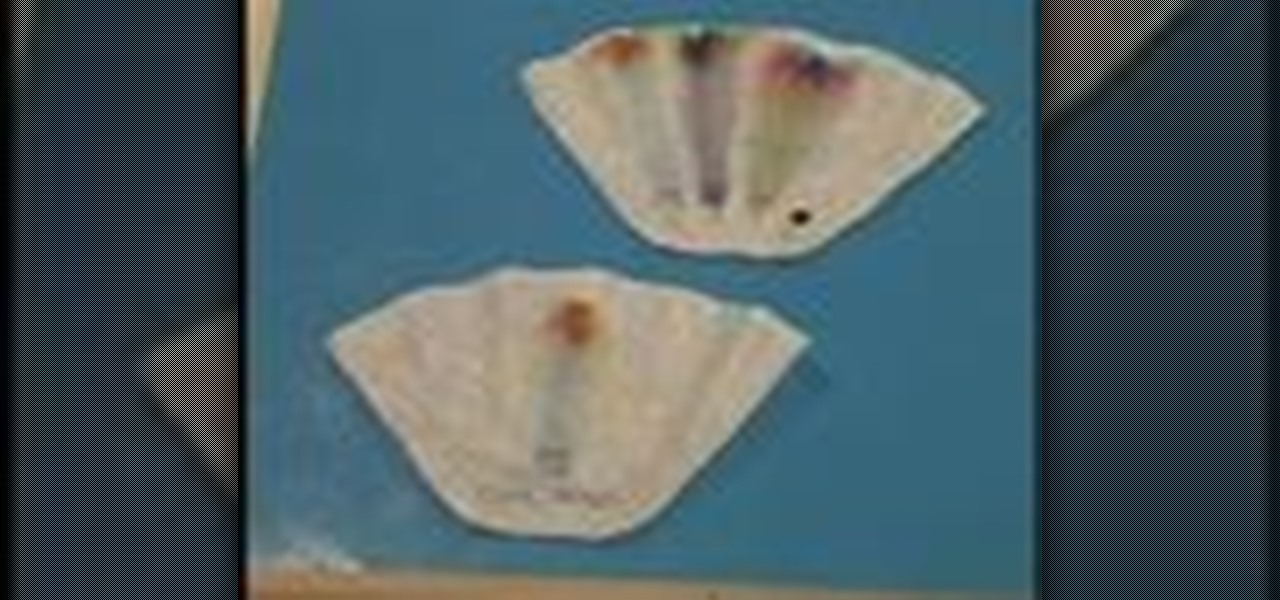
Check out this instructional science video that demonstrates how to perform the experiment "Dye Detective." From the Oregon Museum of Science and Industry's teacher curriculum, "No Hassle Messy Science with a Wow", this is an activity exploring ink colors. Learn how to perform the Dye Detective experiment by following the simple step by step instructions outlined in this science tutorial video!
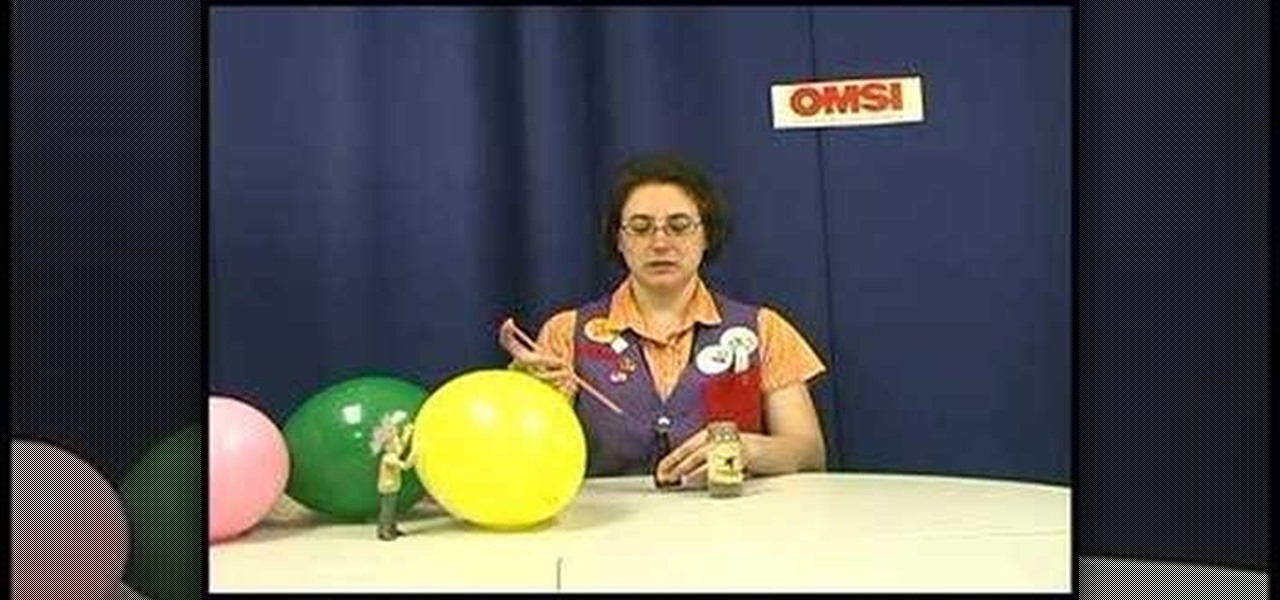
Check out this instructional science video that demonstrates how to perform the experiment "Odors Aloft." From the Oregon Museum of Science and Industry's teacher curriculum, "No Hassle Messy Science with a Wow", this is an activity exploring scents. It's a good introduction to atoms and molecules, especially for little kids. Perform the experiment Odor's Aloft by following the simple step by step instructions in this science tutorial video!
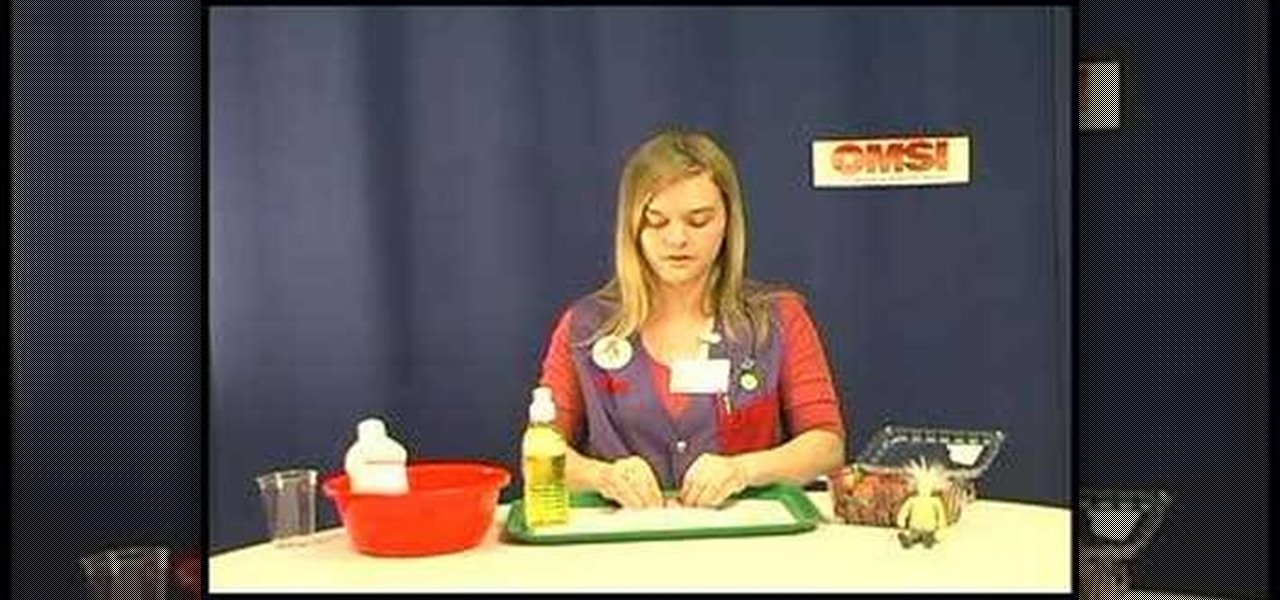
Check out this instructional science video that demonstrates how to perform the DNA Extration experiment. From the Oregon Museum of Science and Industry's teacher curriculum, "No Hassle Messy Science with a Wow", this video shows you how to extract DNA from different organisms. Perform this experiment by following the simple step by step instructions outlined in this tutorial.
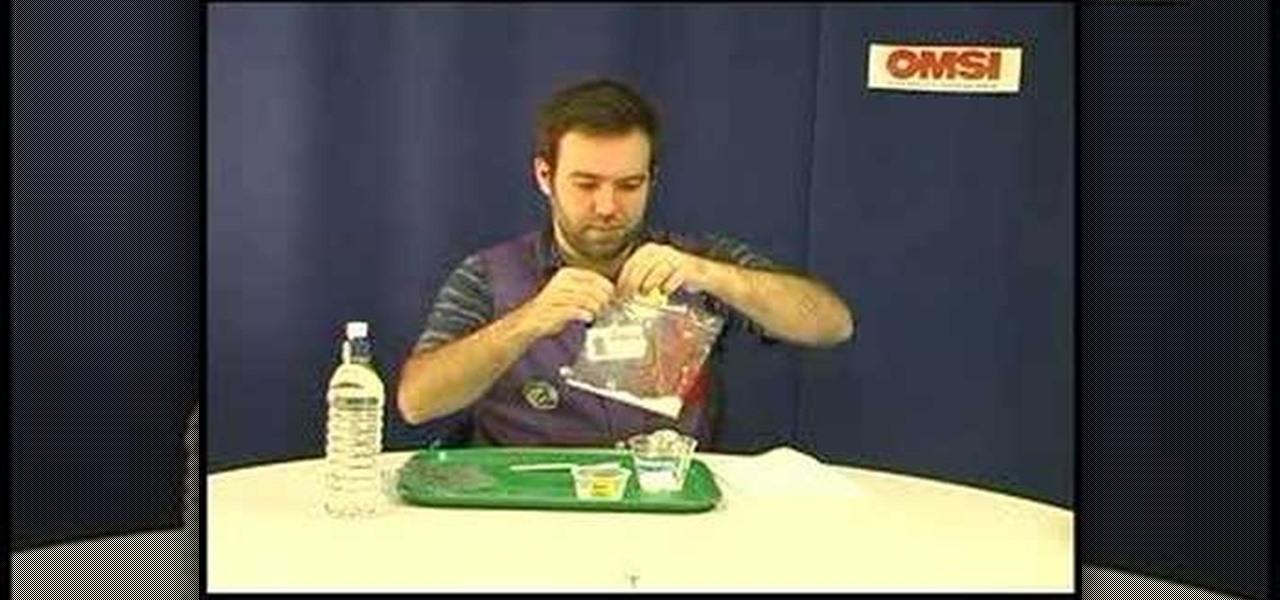
Check out this instructional science video that demonstrates how to perform the experiment "Matter of Degree." From the Oregon Museum of Science and Industry's teacher curriculum, "No Hassle Messy Science with a Wow", these are chemical reactions that result in changing temperatures. Follow the step by step instructions to witness a temperature change. The "Matter of Degree" is a great experiment for students to perform.

Check out this instructional science video that demonstrates how to perform the "Lost Labels" experiment. From the Oregon Museum of Science and Industry's teacher curriculum, "No Hassle Messy Science with a Wow", this is an activity about identifying mystery chemicals. You have an array of unknown powders in miscellaneous jars, and the idea is to try to have your students figure out what are all these mysterious white powders. Learn how to perform the Lost Labels science experiment by followi...

This free video science lesson from YouTube's Mindpaint demonstrates a simple technique for creating a tornado within a soda bottle. For all of the relevant details and detailed, step-by-step instructions, as well as to get started trying this experiment yourself, watch this home-science how-to.
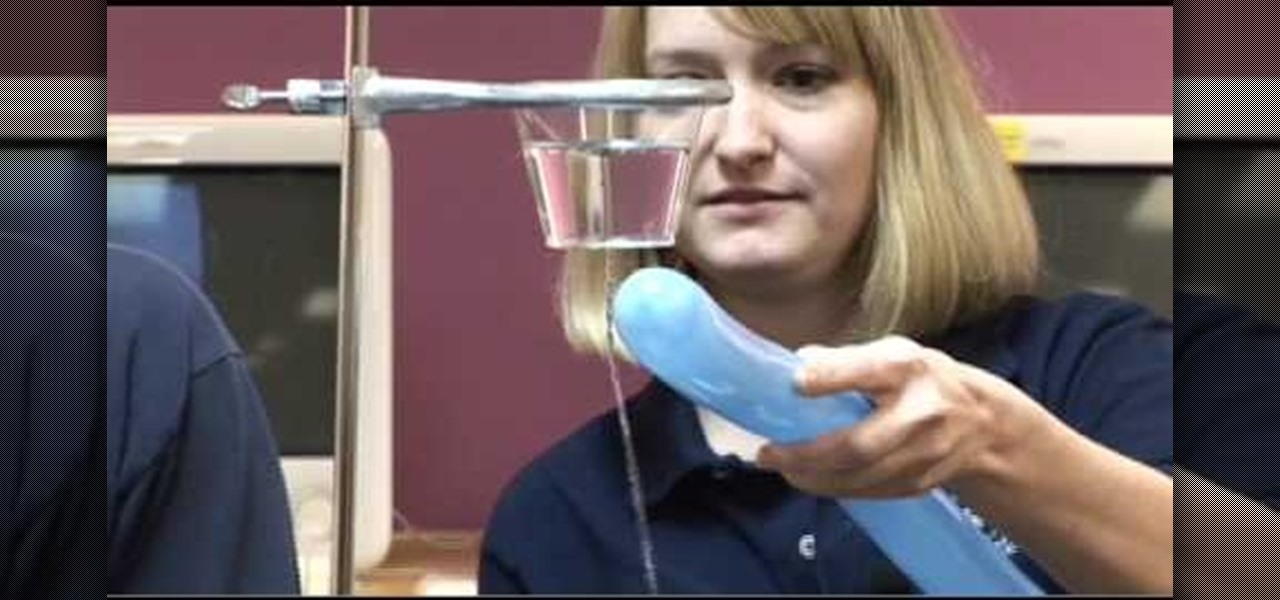
This free video science lesson from Jefferson Lab demonstrates a simple technique for demonstrating the polarity of the water molecules. For all of the relevant details and detailed, step-by-step instructions, as well as to get started trying this experiment yourself, watch this home-science how-to.
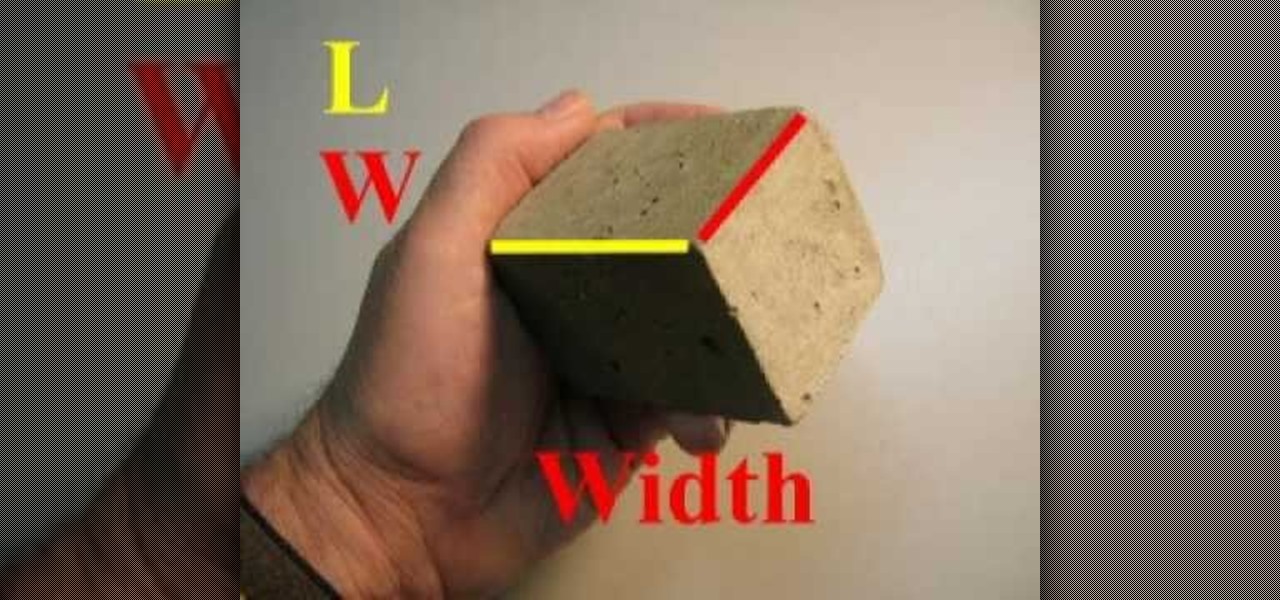
This science video explains the relationship between buoyancy and density using hot air balloons, fish and cruise ships as examples of objects using buoyant force. This video tutorial also includes instructions for calculating the density of a rectangular prism and a liquid. If you like science experiments, you can't miss this one.
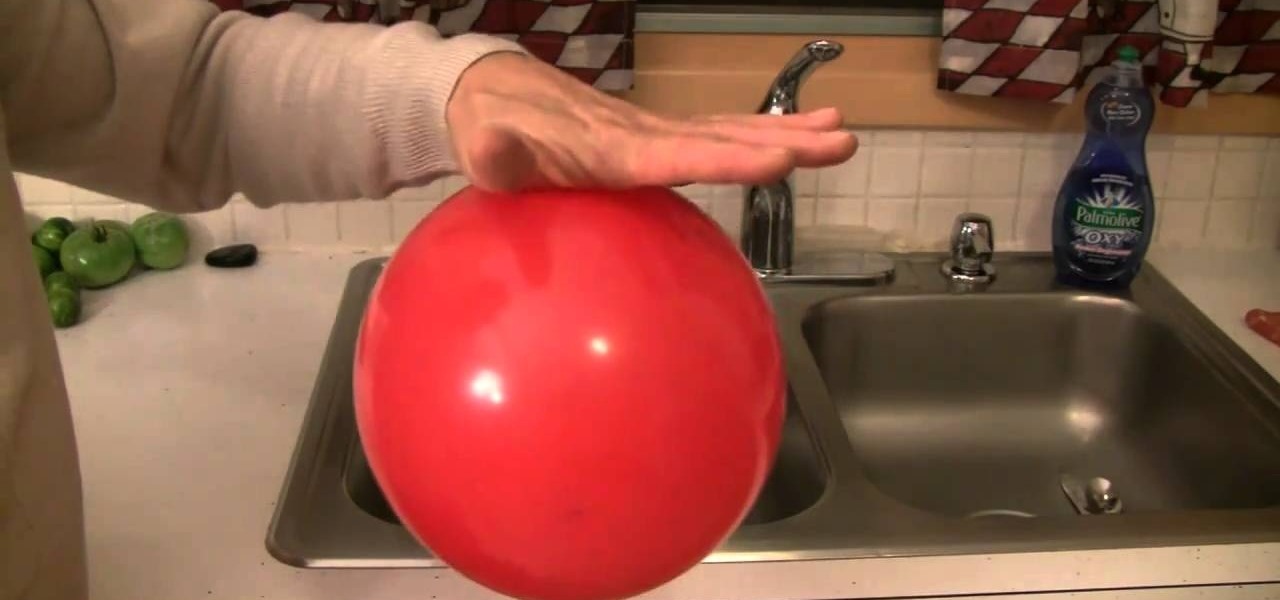
In this rapid fire video, Mr. G introduces us to the idea of atoms, static electricity, and opposing charges. We've all seen a balloon pick up static electricity from a wool sweater and stick to a wall, but watch how the same charged balloon can bend water! For this experiment you'll need a balloon, a wool sweater and a running tap.
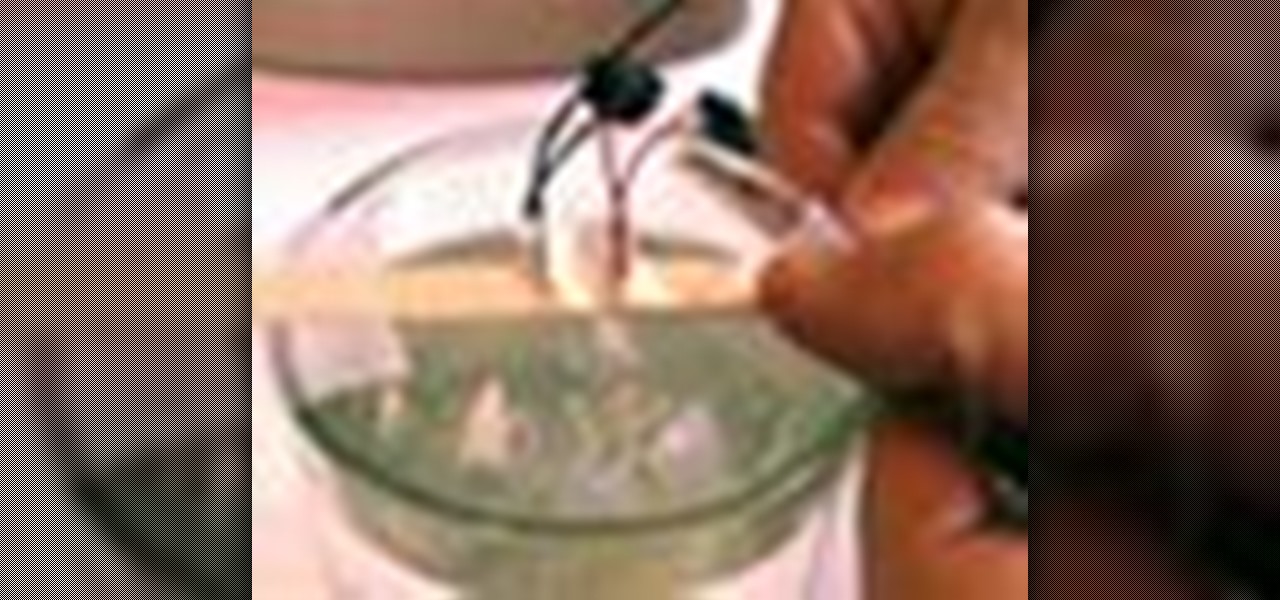
The hydrogen fuel cell has great potential to replace carbon-based fuels in our vehicle fleets and stave off global warming. It's a difficult concept intellectually, so why not make this fun little science experiment to try it out for yourself? Yes, by following these simple instructions you can make a small hydrogen fuel cell at home that will even power some devices!

This experiment is very easy and inexpensive. It can be done at home. You will need a bowl, some water, some pepper, and some soap. You can use your finger to repel pepper, to the sides of the bowl. Simple, but fun.
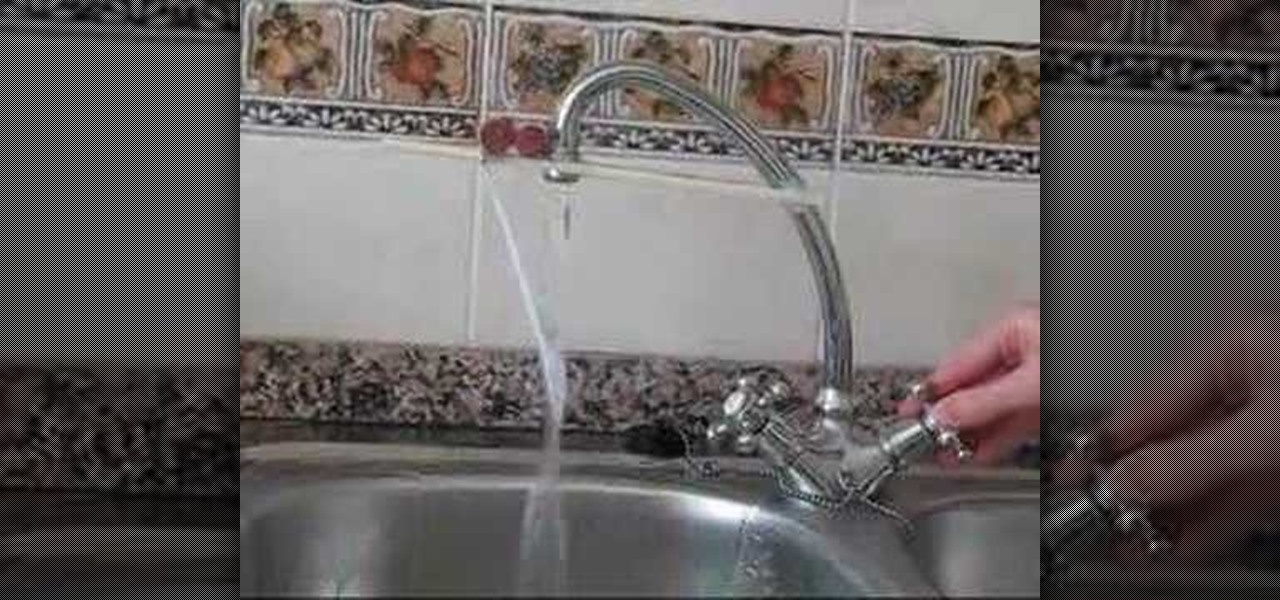
Check out this simple experiment using running water from a tap, and air blown through a straw, as it flows over the back of a vertically hanging plastic teaspoon are used to demonstrate the Coanda effect. Here the attachment of the back of the teaspoon to the flowing stream of fluid (air or water in this case) is what is referred to as the Coanda effect. Watch this how to video and you will be able to create the Coanda effect with your kids at home.
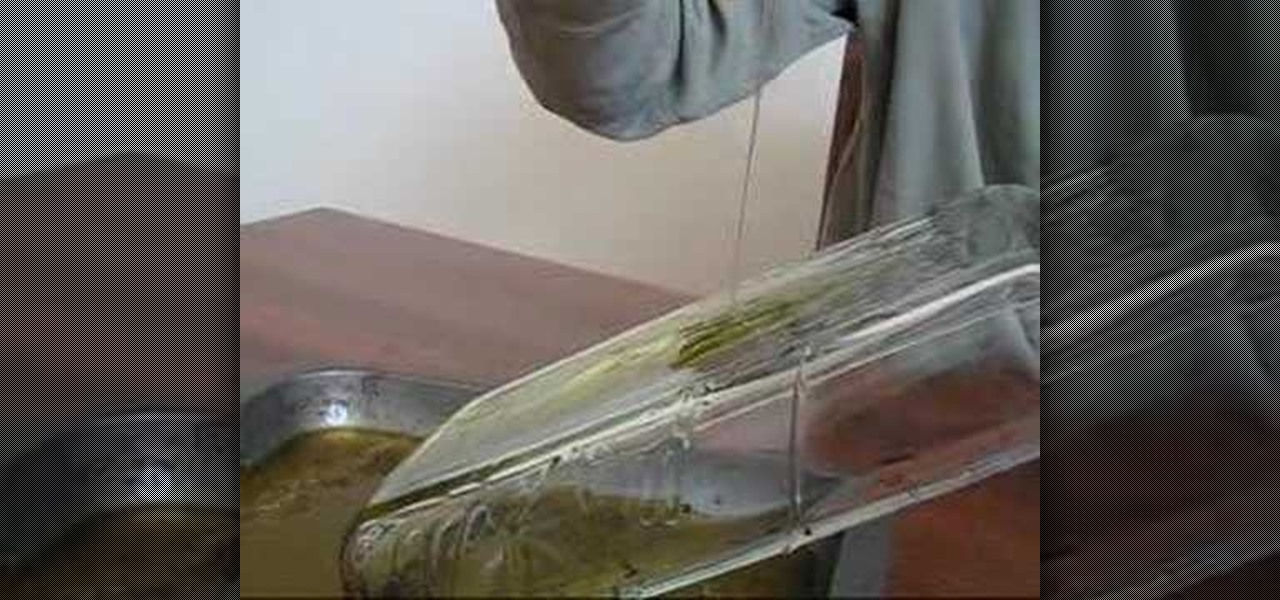
Check out how to demonstrate the Kaye effect using shampoo and lanyard with this tutorial. On dribbling shampoo from a small height above a pool of the same shampoo below, every now and then liquid lanyards of shampoo leap forth in a behavior referred to as the Kaye effect. Such behavior is characteristic of a viscoelastic fluid. This is a great science experiment to do with your kids. Watch this how to video and you will be able to create the Kaye effect at home.
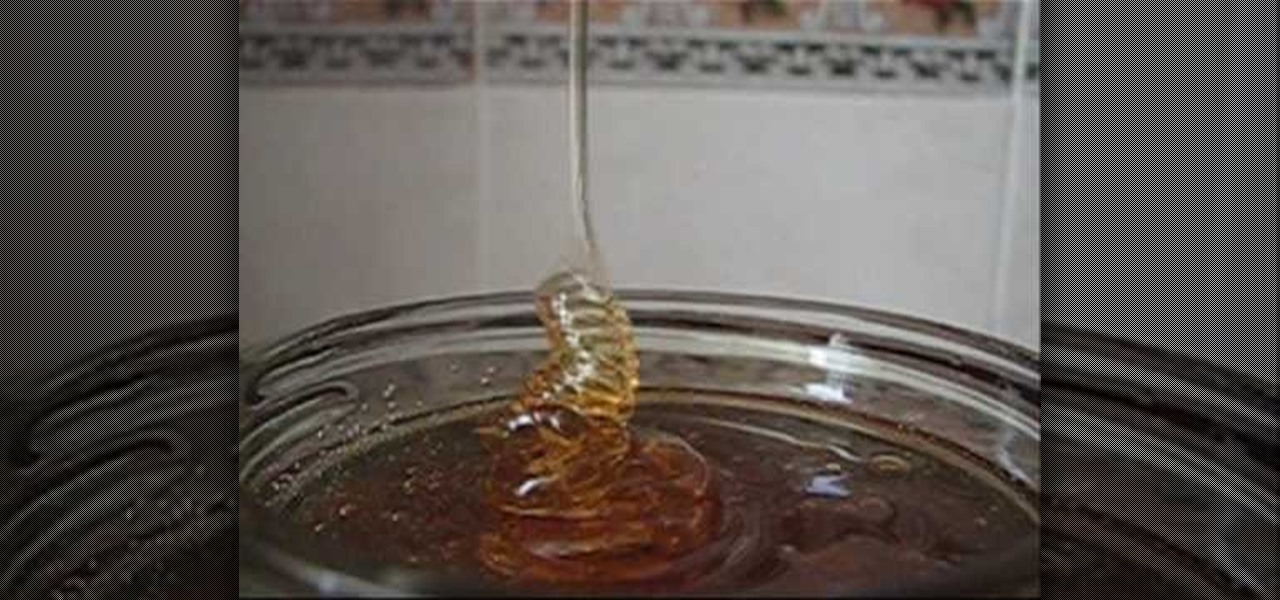
Check out this cool video where you will learn how to create the liquid rope coil effect. Honey is dribbled off the end of a chopstick into a pot below. As the falling stream stikes the pool of honey below, it turns itself into tight circular coils which rapidly begin to pile one on top of the other. A growing column of liquid coils of rope begin to emerge from above the surface of the honey in the pot in an effect referred to as the liquid rope-coil effect.

When a rod mounted in a hand drill is dipped into a liquid and rotated, for certain non-Newtonian fluids the liquid will climb the rod - sometimes to quite spectacular heights.
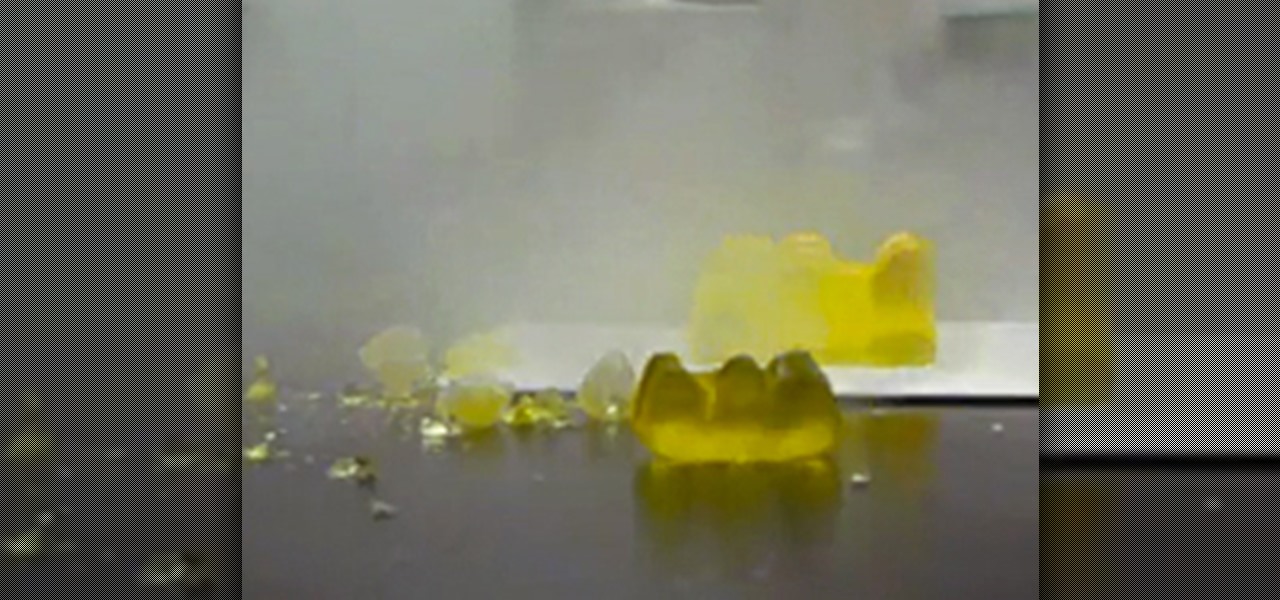
Who could resist a gummy bear? Those rubbery little candy creatures shaped like a bear are just too cute and too delicious to pass up. If you can't get any enjoyment out of those gelatin-based confectioneries, then you're simple not human. Even scientists love them, but not for their seductively sweet properties...
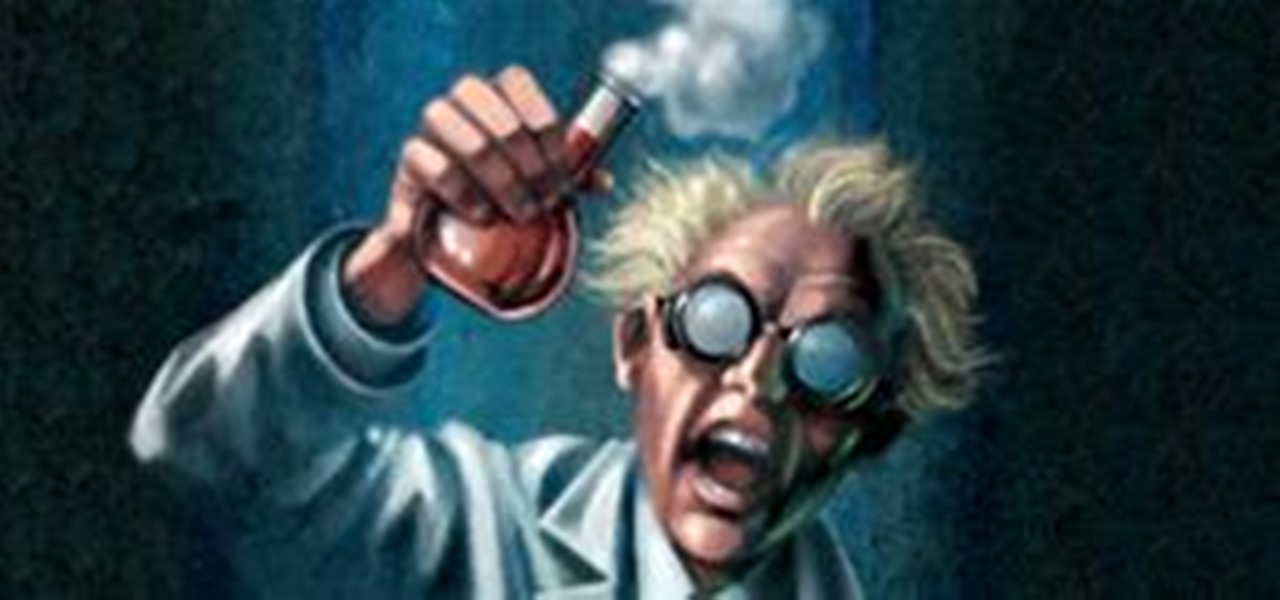
The X-Ray Vision-aries Blog has compiled a list of YouTube's 100 Coolest Science Experiments. I particularly enjoy their introduction to the selection:

In this instructional video clip series, our expert will demonstrate a children's science experiment that explains and properly displays the variations on the center of gravity for a particular mass. In the series, the popular science fair and science class demonstration known as the “Balancing Butterfly” will be explained. Teach your children a very simple lesson in physics or help them duplicate the project for school with this easy to follow collection of videos outlining the project from ...

Check out this video tutorial to see how to conduct a magic floating boat science experiment.
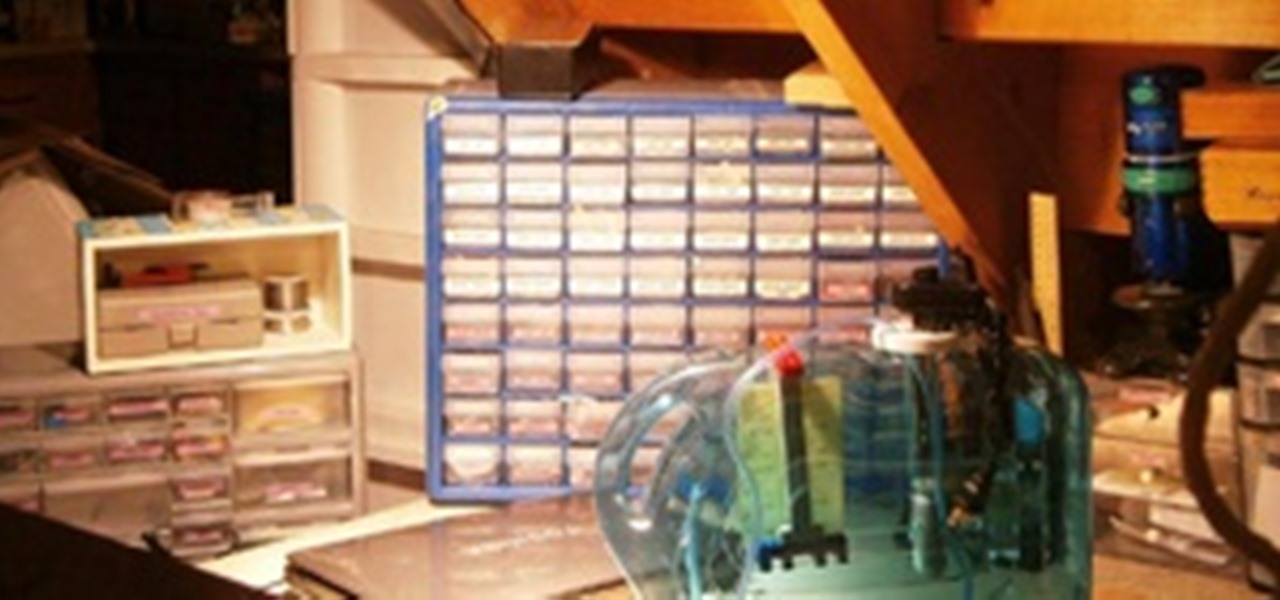
I have an absolutely wonderful time making projects and writing articles for all of you mad scientists! Today, I will bring you behind the scenes for a look at the workbench, tools, and software that make the Mad Science World possible.

Welcome to the Mad Science World! Hold onto your radiation-shielded hard hats—we're going to be posting a ton of great how-to articles and videos every week, showcasing the maddest of the mad science experiments on the web. We hope you will be inspired to try these projects at home, but always remember—safety first!
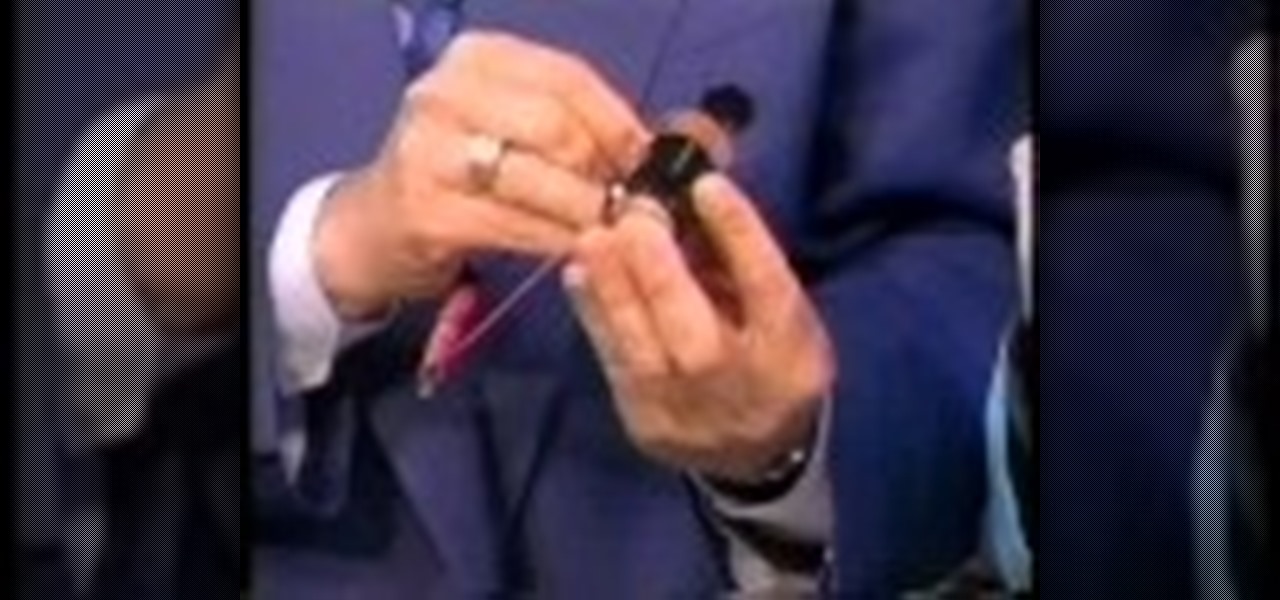
Electromagnets are super cool to experiment with. In this educational video, Science Bob teaches us about electromagnets - what they are and how to build one of your own. These magnets are are very powerful and make an extremely neat experiment for the science fair. Electromagnets are unique in the sense that they convert electricity into magnetism. Try this experiment with your kids for a unique science lesson.

In this classic Science Experiment tutorial video, we douse a flame with nothing more than the Carbon Dioxide given off by our homemade Fire Extinguisher.

Try out this science experiment... watch this video tutorial to learn how to experiment with a Van de Graaff generator. This is purely educational, and demonstrates different techniques in using the Van de Graaff generator.